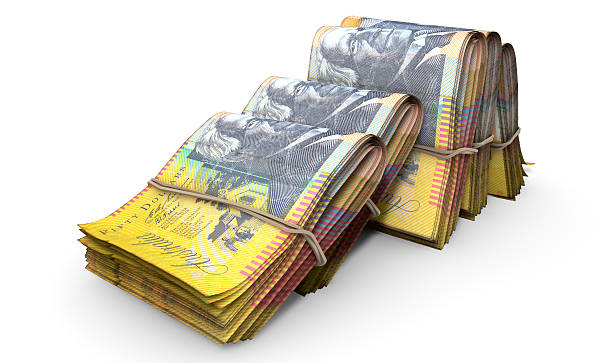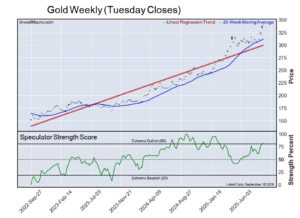It was another rough week for the Aussie, pressured by strong US data, more hawkish Fedspeak and escalating Mideast geopolitical risks.
US data continued to impress with March retail sales (ex-autos and gas) rising 1.0%, materially stronger than expectations for a 0.3% gain. That, and more reserved Fedspeak around rate cut prospects, stressing patience, saw US10yr yields touch 4.69% last week, highs since November 2023. While the resilient US growth story and rising US rates kept the Aussie pressured last week, it was mainly rising Mideast risks that roiled it, at least temporarily.
As reports of an Israeli strike on Iran spread during Asia-Pacific trading on Friday US10yr yields fell more than 10bp at one stage, while Brent crude jumped almost US4/bbl and US equity futures were nursing early losses of around 2%.
Against that backdrop the Aussie slipped from around 0.6425 to new lows for the year at 0.6363. But as it became clear that key Iranian nuclear infrastructure facilities were untouched and Iranian officials were downplaying the event global markets quickly regained their composure.
The Aussie recouped losses and has started the new week back USD0.6400. Oil has also given back all of Friday’s squeeze.
But even as rising global market volatility often leaves the Aussie in the crosshairs it has not been the worst performing G10 currency lately. Month to date the Aussie is down 1.4%, but GBP and JPY have fared worse, with declines exceeding 2% against the USD. The ongoing squeeze in global commodity prices are helping shield the Aussie somewhat on crosses. The LME’s base metals index rose 5.3% last week taking its gains so far in April to 14%.
But volatility can still roil Aussie this week. The Nasdaq fell 5.5% last week and US earnings season kicks into high gear with results from the big tech names a key focus.
The local and global economic data calendars will give participants plenty to chew on too.
Locally, the main focal point will be on Q1 CPI. Analysts see Q1 CPI rising 0.8%, compared to 0.6% in Q4, though base effects will see the annual pace easing to 3.4%, from 4.1%. Westpac’s forecast for the trimmed mean is 0.8% for the quarter, taking the annual pace from 4.2%yr to 3.8%yr, the slowest since March 2022.
Markets do not expect the RBA to cut ahead of the Fed, with a full -25bp RBA cut not priced until December, versus Fed pricing for a September/November start to rate cuts. But a softer than consensus Q1 CPI could galvanise the potential for RBA rate cuts before the Fed.
On the international side, advance Q1 GDP on Thursday and the March monthly PCE deflator on Friday likely underscore the narrative around ongoing resilient US growth trends and the stalling in disinflation.
In the Eurozone, flash April PMIs on Tuesday likely show further recovery green shoots, while Friday’s Bank of Japan meeting and fresh economic projections will be closely scrutinised for any hints around further possible monetary policy adjustments later this year and any commentary around excessive yen weakness.
Event risk
Tuesday
Japan, Eurozone, UK, US S&P prelim Apr manufacturing and services PMIs
Wednesday
Australia Q1 CPI
Thursday
US advance Q1 GDP
Friday
Japan BoJ policy meeting
US Mar PCE deflator









